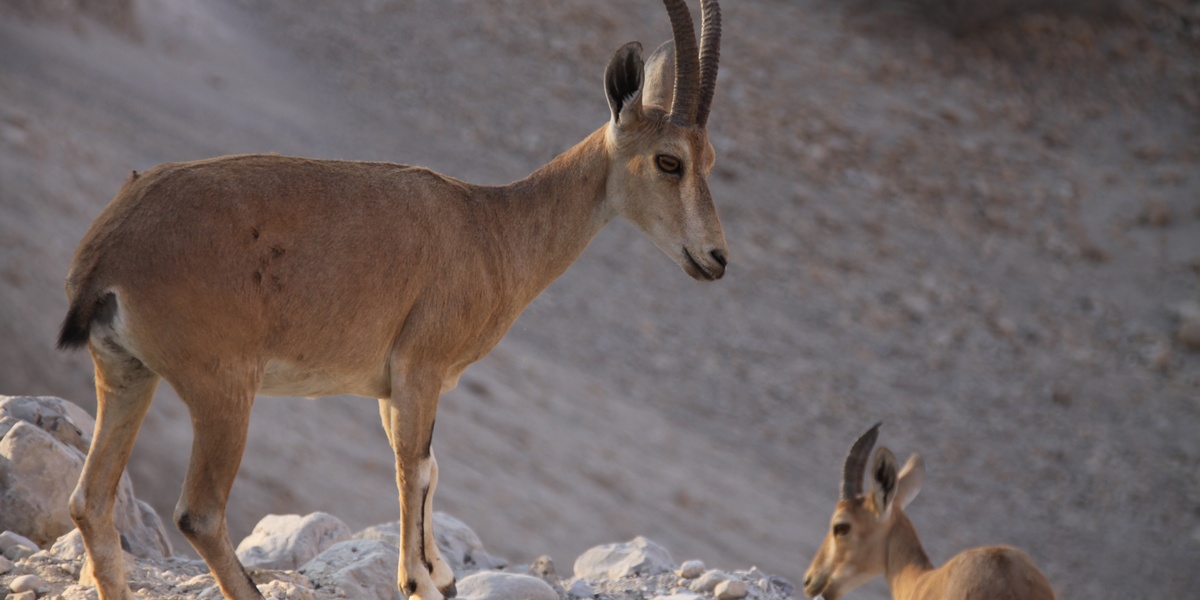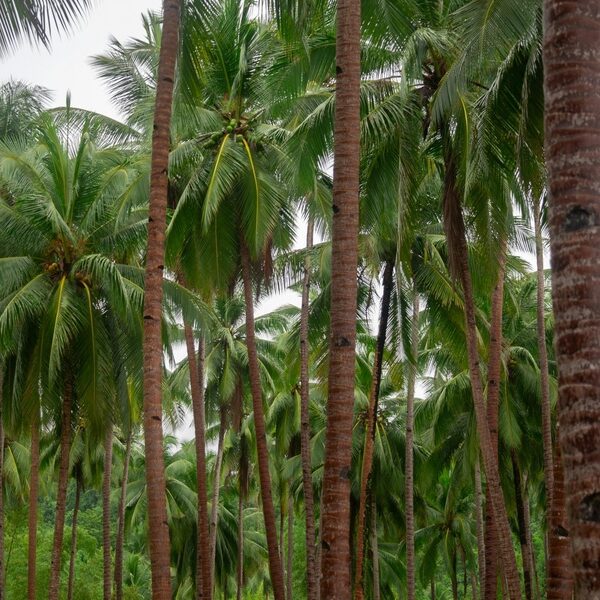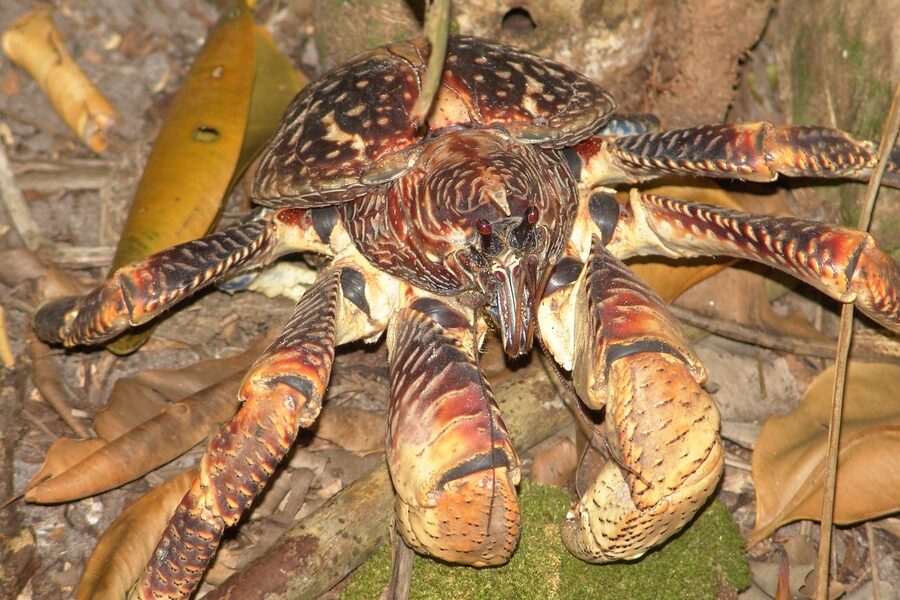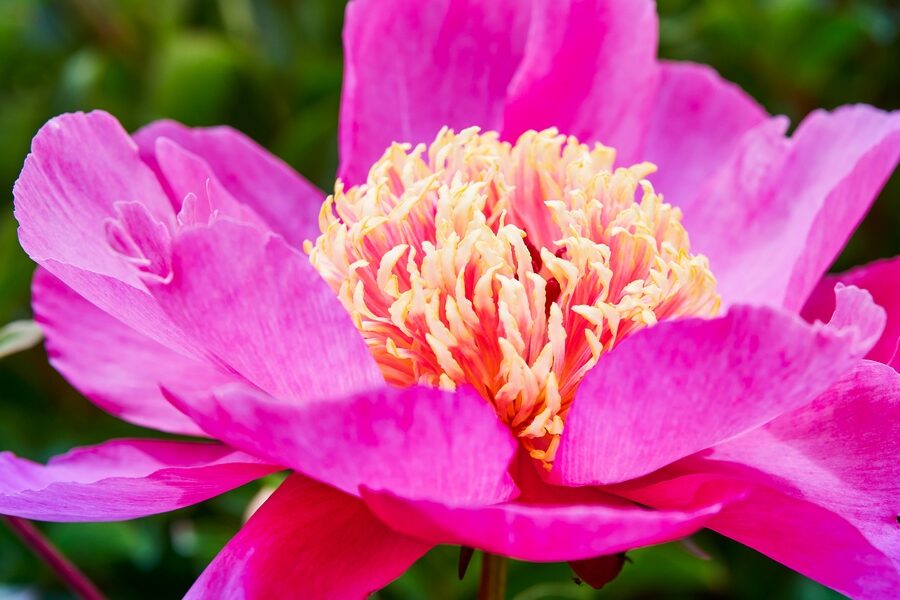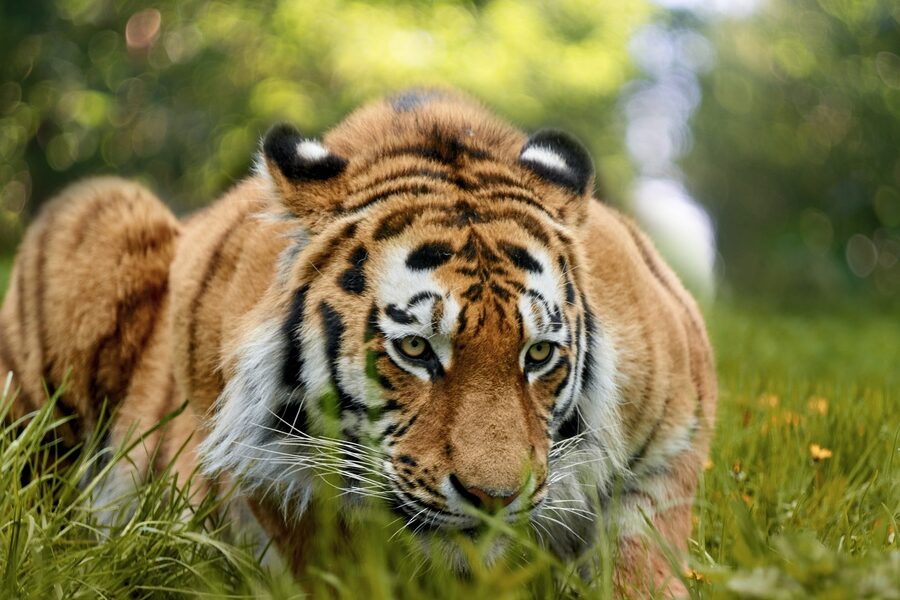In the late 1970s a small herd of Arabian oryx was released into Shaumari Wildlife Reserve (est. 1975), marking a rare conservation comeback after the species had been declared extinct in the wild in 1972. That reintroduction became a human-scale symbol that careful breeding and protected areas can reverse declines.
Jordan’s varied landscapes—from desert plateaus and sandstone canyons to seasonal wetlands and a short Red Sea coast—sit along an important Afro‑Eurasian flyway and support a surprising mix of mammals, birds, reptiles and marine life. This article highlights 10 standout species that showcase the wildlife of Jordan and the cultural and conservation stories tied to reserves like Shaumari and Dana.
Mammals and Large Fauna
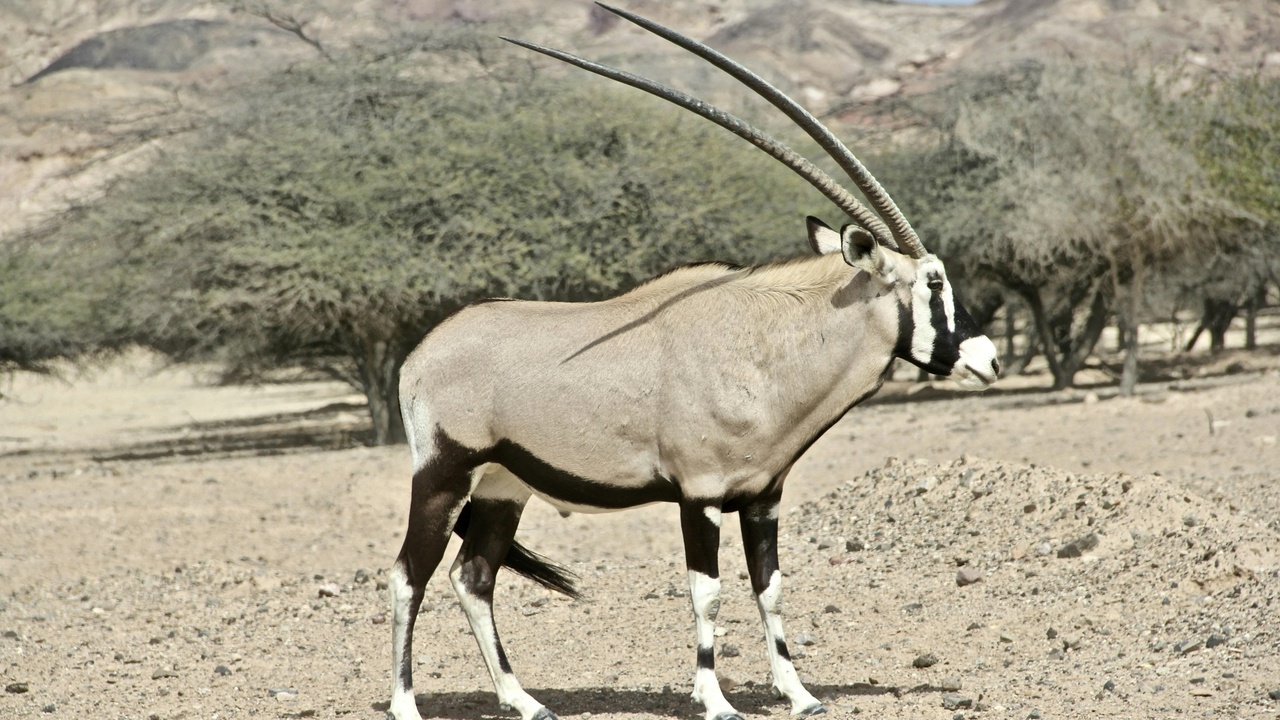
Jordan’s large mammals carry outsized cultural meaning and conservation value. Protected areas such as Shaumari and the Dana Biosphere Reserve shelter reintroduced herds, nimble cliff-dwellers and elusive scavengers, while pastoralism and tourism shape human–wildlife interactions.
Threats include habitat loss from development, competition with livestock, and past poaching; yet reintroductions, community outreach and protected-area management offer concrete wins. Below are four species that illustrate both the challenges and successes.
1. Arabian Oryx (Oryx leucoryx) — A conservation comeback
The Arabian oryx became a regional emblem after being declared extinct in the wild in 1972 and later reintroduced to reserves, including Shaumari in the late 1970s. Captive‑breeding programs—often coordinated with regional zoos—provided the stock for release and ongoing population management.
Oryx are now a key ecotourism draw: visitors to Shaumari can often see herds and learn about recovery through on‑site education programs. Those programs also help local communities see conservation as a source of income and pride.
2. Nubian Ibex (Capra nubiana) — Rocky outcrops and agility
The Nubian ibex is a sure-footed specialist of cliffs and canyons, commonly photographed around Petra and Wadi Rum. Groups are usually small—does with kids or bachelor males—and individuals are adapted to steep, rocky terrain.
Ibex sightings are a highlight for guided treks and photographic tours, and their presence signals healthy mountain ecosystems where erosion, grazing pressure and tourism are being managed.
3. Dorcas Gazelle and Arabian Gazelle — Desert specialists
Desert gazelles survive on sparse forage and seasonal water, showing adaptations such as nocturnal or crepuscular activity and efficient water use. They typically form small family groups and move seasonally in search of browse.
Gazelles play a role as prey and seed dispersers, but face habitat fragmentation from roads and competition with domestic livestock. Sightings in southern wadis and reports from pastoralists reveal how human land use affects their movements.
4. Striped Hyena — The shy scavenger
The striped hyena is often misunderstood but ecologically important as a scavenger that recycles carcasses and limits disease spread. Hyenas in Jordan are mostly nocturnal and elusive, so camera‑trap studies and anecdotal records are valuable for understanding populations.
Conflict arises from misconceptions about livestock predation; community education and livestock protection measures have reduced persecution in reserves where camera traps document hyena activity.
Birds: Migration, Wetlands, and Raptors

Jordan sits on a key stretch of the Afro‑Eurasian flyway and records more than 400 bird species, including passage migrants and resident specialists. Mountain thermals, the Dead Sea corridor and seasonal wetlands concentrate large numbers during spring and autumn.
The wildlife of Jordan includes raptors that use hillside thermals, waterbirds that depend on ephemeral pools, and cliff‑nesting passerines—all of which benefit from targeted monitoring and protected stopovers like Azraq.
5. Steppe Eagle and other raptors — Skyward migrants
Steppe Eagles and other raptors pass through Jordan in big numbers during spring and autumn migration peaks. They ride thermals over hills, which helps them cross otherwise challenging stretches of desert and sea.
Annual migration counts around Amman hills and organized watch events feed conservation planning; protecting high‑use stopover ridges and educating local communities helps preserve migration corridors.
6. Waterbirds at Azraq and the Dead Sea — Wetland lifelines
Azraq Wetland Reserve and occasional pools near the Dead Sea act as magnets for waterbirds—waders, ducks and herons—especially in wet years when numbers can surge. Flamingos and various waders appear during migration pulses.
Restoration efforts at Azraq and wetland protection deliver benefits beyond birds: they help purify water, support local livelihoods through birdwatching tourism and provide habitat resilience as seasonal variability increases.
7. Syrian Serin and other mountain specialists
The Syrian Serin is a mountain and cliff‑edge passerine with a limited distribution that depends on rocky slopes and scattered juniper woodland. Such specialists are vulnerable to habitat change and shifting climate patterns.
Monitoring projects in highland reserves help track breeding populations, and protecting mountain breeding sites safeguards a suite of cliff‑dependent species that are easy to overlook but locally important.
Reptiles, Amphibians, and Marine Life

Jordan concentrates reptile diversity in rocky deserts and hosts biologically rich coral reefs along its short Red Sea coast (roughly ~26 km). Reptiles and marine fauna are often overlooked, but they perform essential ecological roles.
Below are reptile, amphibian and reef examples that highlight thermal adaptations, dependence on freshwater springs, and the marine tourism value of Gulf of Aqaba reefs.
8. Sinai Agama and desert reptiles — Heat-tolerant survivors
The Sinai agama and other lizards are visually striking desert dwellers that thermoregulate through basking and brief shade‑seeking. Males may show striking color changes during displays, making them a favorite for photographers.
These reptiles control insect populations and act as indicators of microhabitat health; sightings on Wadi Rum boulders and systematic reptile surveys inform local conservation planning.
9. Amphibians and wetland dependents — Seasonal specialists
Amphibians in Jordan rely on springs and seasonal wetlands; many frog and toad populations are sensitive to water extraction and habitat loss. Highlands and Azraq hold important records for these species.
Protecting springs and restoring wetland function supports both biodiversity and local water security. Community projects that restore springs have shown benefits for people and amphibians alike.
10. Coral reefs and fish of the Gulf of Aqaba — Jordan’s marine jewels
Jordan’s Gulf of Aqaba reefs pack high biodiversity into a short coastline of roughly ~26 km, supporting colorful corals, reef fish and valuable snorkeling and diving tourism near Aqaba.
Threats include coastal development, warming seas and local pollution. Marine protected areas, reef monitoring programs and responsible dive operators help reduce impacts and support community‑based conservation initiatives.
Summary
- Jordan supports a surprising diversity of species across deserts, mountains, seasonal wetlands and a short Red Sea coast, with 10 compelling examples above illustrating that range.
- Conservation wins—such as the Arabian oryx recovery after its 1972 extinction‑in‑the‑wild declaration and Shaumari reintroductions in the late 1970s—show what protected areas and breeding programs can achieve.
- Migration corridors and wetlands (Azraq, the Dead Sea corridor) are vital for more than 400 recorded bird species and for sustaining regional ecological services.
- Protecting coastal reefs near Aqaba (~26 km of coastline), springs and desert habitats benefits both wildlife and local communities; support responsible ecotourism, reserves like Shaumari and Azraq, or local citizen science efforts to help.
